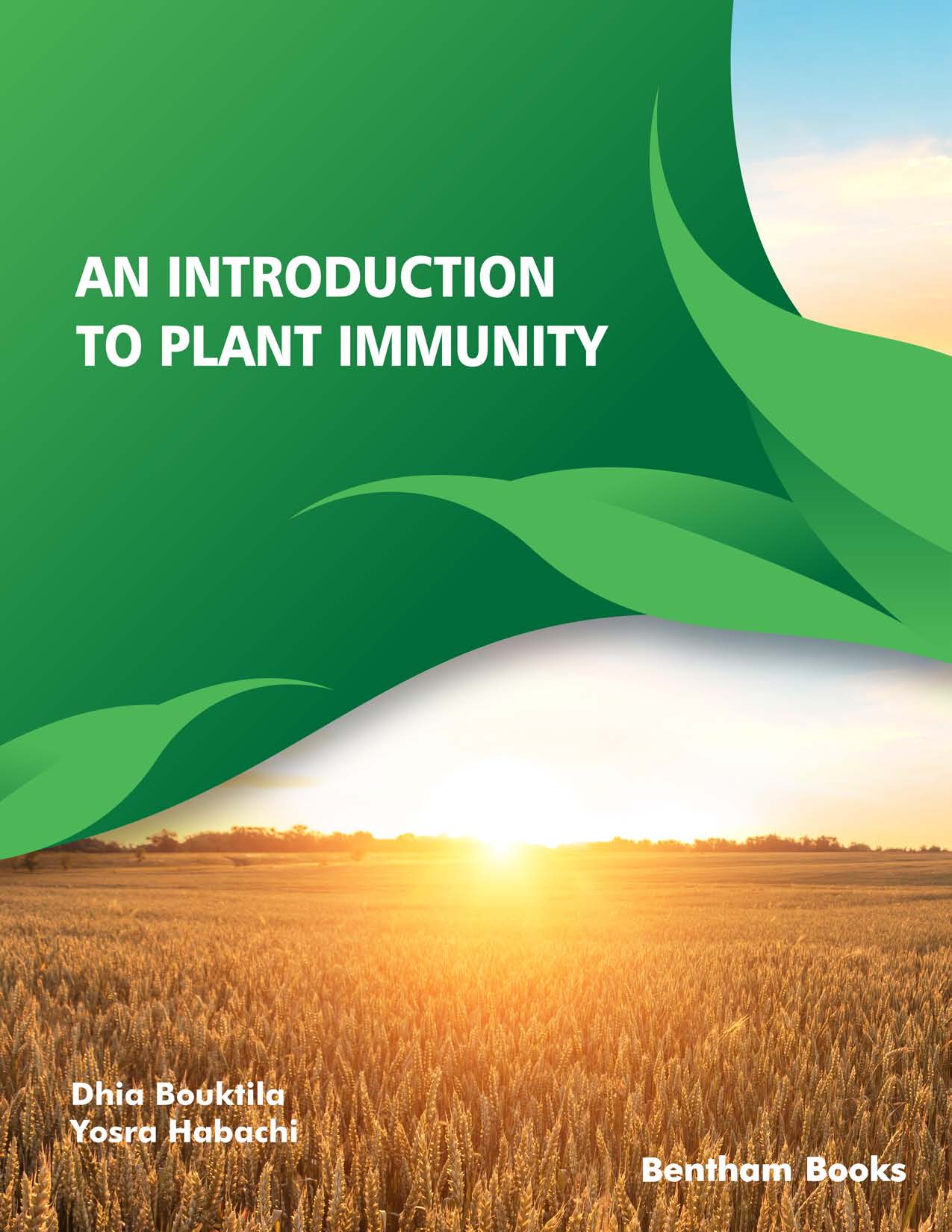Preface
The world population is increasing day by day, imposing that agricultural production increases proportionally. Unfortunately, the increase in agricultural production is limited due to abiotic and biotic stresses, which have a negative impact on the growth and development of crops and their yields, resulting in considerable economic loss worldwide. In addition, monoculture, which we are witnessing today in agricultural landscapes, and which represents the workhorse of intensive agriculture, weakens plants enormously, while biodiversity protects them. It should be noted that the economic loss attributable to plant diseases and pests, which is estimated at 10-40% of the production potential worldwide, is already being held back by the massive use of phytosanitary products. Although this use of chemicals helps plants to fight against pathogenic microorganisms, it is not without consequences for the environment.
At the sunrise of this new millennium, mankind has an extraordinary chance to enhance development through the scientific improvement of crops and sustainable management of biodiversity. Indeed, advances in Genetics, Molecular Biology and Genomics have evolved to allow what is now called a high-tech plant breeding. Improvements in plant performance can be manifested, among other things, by tolerance or resistance to abiotic and biotic stresses. It follows all the importance that the acquisition of a deep understanding of the genetic mechanisms governing the response of a plant to its invasion by pathogens and pests currently takes. Plants have their own mechanisms for overcoming stress, and activating complex - and sometimes crossed - signal transduction pathways. In recent years, knowledge of the immunogenetic defense mechanisms of plants has improved considerably.
In this perspective, we wanted this book to be an extensive and up-to-date scientific review of the different aspects of knowledge and technologies related to the field of plant immunity. Our goal is to offer a real modern tool for learning and documenting plant immunity for specialist academicians. We hope that students from all over the world will be able to benefit from this informative resource, while allowing teacher-researchers to use it for their teaching and research activities.
Dhia Bouktila
Higher Institute of Biotechnology of Béja
University of Jendouba (Tunisia) &
Higher Institute of Biotechnology of Monastir
University of Monastir (Tunisia)
Yosra Habachi
Independent writer
University of Tunis El Manar
Tunisia

